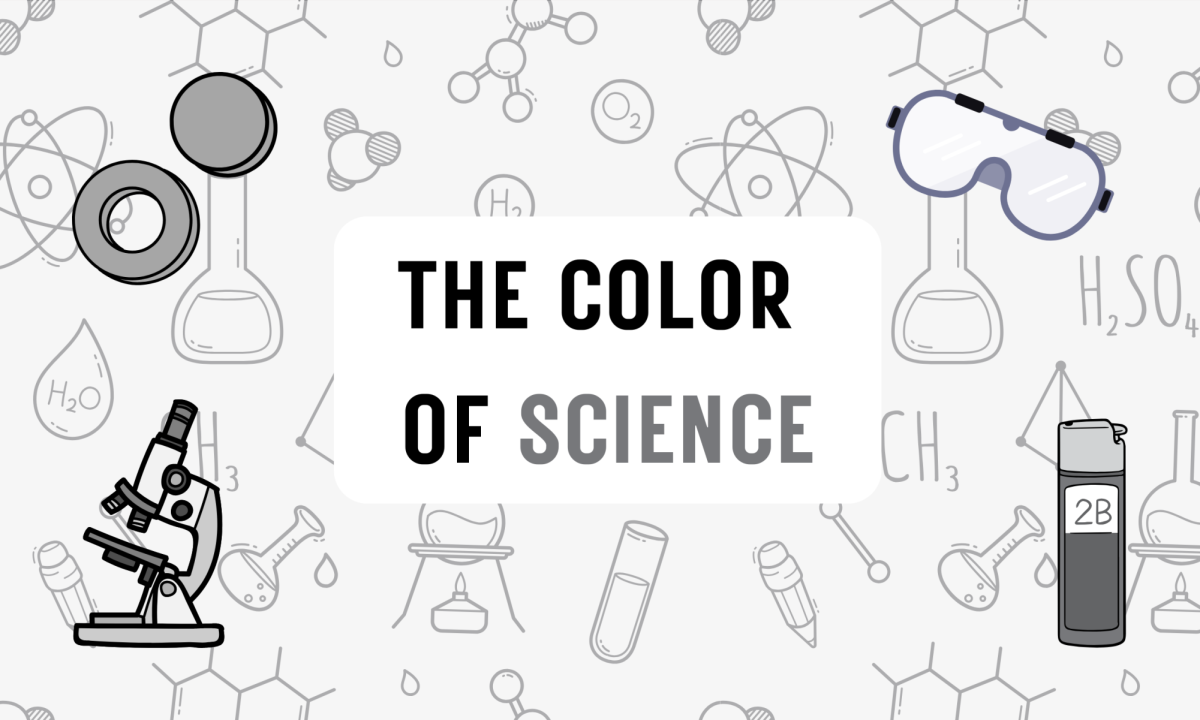What color is science? To me, science represented the color gray. Gray was lab goggles, pencil lead and Vernier Graphical Analysis. Gray was magnets, microscopes and cold equations. Gray was objective. Science class was where you could leave your biases and opinions and imperfections at the door and enter a purely technical world where things made sense. Science was everything humans were not.
Being at Casti, I’ve grown to realize that science is not an inanimate process. Seeking out answers together through the scientific method is a human trait, and thus we must treat science as a social activity. But we don’t. Extending beyond our schools and even at the frontiers of research, the mindset of removing scientists from science is pervasive throughout our society and it may be the root cause of current issues within the academic community.
We can see our conceptualization of science in paper mills, defined by the academic journal Taylor & Francis as “a commercial enterprise that produces fraudulent manuscripts that resemble genuine scholarly articles.” Paper mills submit fake papers to journals, threatening genuine academic work. It’s lucrative, too. Chemical & Engineering News reports on the site 123mi.ru, which sells authorship at $5,000 a slot. The Conversation furthers that from 2019 to 2023, the total number of fraudulent articles went up from 10 to 2,099.
Why is there even a market for paper mills? The National Library of Medicine articulates the fundamental issue: “publish or perish”. There is growing pressure in academia to publish in reputable journals as much as possible. Researchers’ credibility and career hinge on their bibliometric index- a number that quantifies how many papers a scholar has published and how many people have cited them. This index now has more importance than methodology and precision. “Publish or perish” thinking even leads scientists to delete or manipulate data.
Researchers are treated as cogs in a machine churning out paper after paper. This isn’t science- it’s production, sacrificing the scientific method and genuine work. Our perception of science as separate from people green-lights this problem. Once we categorize science as not social, scientists become obscured by their own work, losing their humanity and allowing exploitation to happen. According to The Guardian, PhD students are 30% more likely to develop a psychiatric condition, which is more than the rates in defense and emergency services. The National Library of Medicine reported that STEM students are more likely to get burnout and anxiety.
A reasonable protest is that scientific research must be objective and separate from people. However, the scientific process is not the same as the scientific community. A researcher’s worth is held hostage by their bibliometric index and what they can produce, which isn’t science. Skewed research and a mental health crisis are not science.
Learning about these problems can be overwhelming, but change can start small. Even at school, the mindset of science as removed from people can hinder healthy work habits and true enjoyment of learning. We must remember that science is more than a competition, a test, an equation or lab report. Above all, science is the manifestation of human curiosity and can only exist because of human collaboration. Even if it’s just in our classes, focusing more on how we could collaborate, communicate and learn from one another instead of how much we can produce can create meaningful change and make our world a more colorful place.



